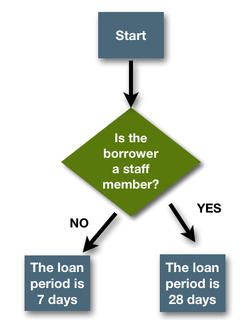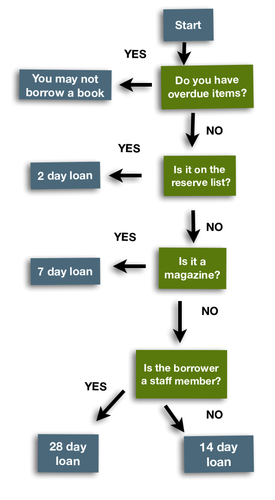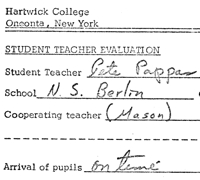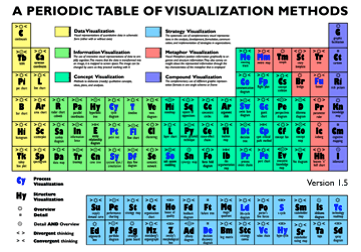We spend a lot of time in school getting students to learn sequential information – timelines, progressions, life cycle of a moth, steps for how to. Typically the teacher teaches the student the sequence and the student correctly identifies the sequence for teacher on the test. Thus we treat a sequence as a ordered collection of facts to be learned, not as a thinking process for students to use. This memorization reduces the student's "mastery" of the chronology to lower order thinking. I was guilty of this when I first started teaching history "Can someone give me two causes and three results of WWII?"
When students are asked to observe a process and develop a sequence they have an opportunity to use a full spectrum of higher-order thinking skills – they must recognize patterns (analyze), determine causality (evaluate) and then decide how they would communicate what they've learned to others (create). Sequencing can be taught across the curriculum at a variety of grade levels – we simply have to ask the students to observe and do the thinking.
There is some interesting research that demonstrates that students have trouble when asked to develop sequences. It comes from the Program for International Student Assessment. PISA is an assessment (begun in 2000) that focuses on 15-year-olds' capabilities in reading literacy, mathematics literacy, and science literacy. PISA studied students in 41 countries and assessed how well prepared students are for life beyond the classroom by focusing on the application of knowledge and skills to problems with a real-life context.
For more examples of PISA questions and data see my blog post.Sample sequencing problem from PISA 2003.
The Hobson High School library has a simple system for lending books: for staff members the loan period is 28 days, and for students the loan period is 7 days. The following is a decision tree diagram showing this simple system:
The Greenwood High School has a similar, but more complex library lending system:
All publications classified as “Reserved” have a loan period of 2 days.
For books (not including magazines) that are not on the reserved list, the loan period is 28 days for staff, and 14 days for students. For magazines that are not on the reserved list, the loan period is 7 days for everyone.
Persons with any overdue items are not allowed to borrow anything.
Task
Develop a decision tree diagram for the Greenwood High School Library system so that an automated checking system can be designed to deal with book and magazine loans at the library. Your checking system should be as efficient as possible (i.e. it should have the least number of checking steps). Note that each checking step should have only two outcomes and the outcomes should be labeled appropriately (e.g. “Yes” and “No”).
The student results were rated on a rubric scale. Only 13.5% of US students were able correctly answered the question. Their international 15-year-old peers didn't fare much better – 14.3% of them answered correctly.
The correct response looked something like this.
Like this:
Like Loading...
 Innovation – an idea put to work – stands at the pinnacle of higher-order thinking. It begins with a firm grasp of the basics. Then the innovator must continue up through Bloom's taxonomy of thinking skills to analyze patterns and needs, evaluate alternatives and finally create something to resolve to the problem. Creating is nothing more than a new combination of existing components.
Innovation – an idea put to work – stands at the pinnacle of higher-order thinking. It begins with a firm grasp of the basics. Then the innovator must continue up through Bloom's taxonomy of thinking skills to analyze patterns and needs, evaluate alternatives and finally create something to resolve to the problem. Creating is nothing more than a new combination of existing components.




